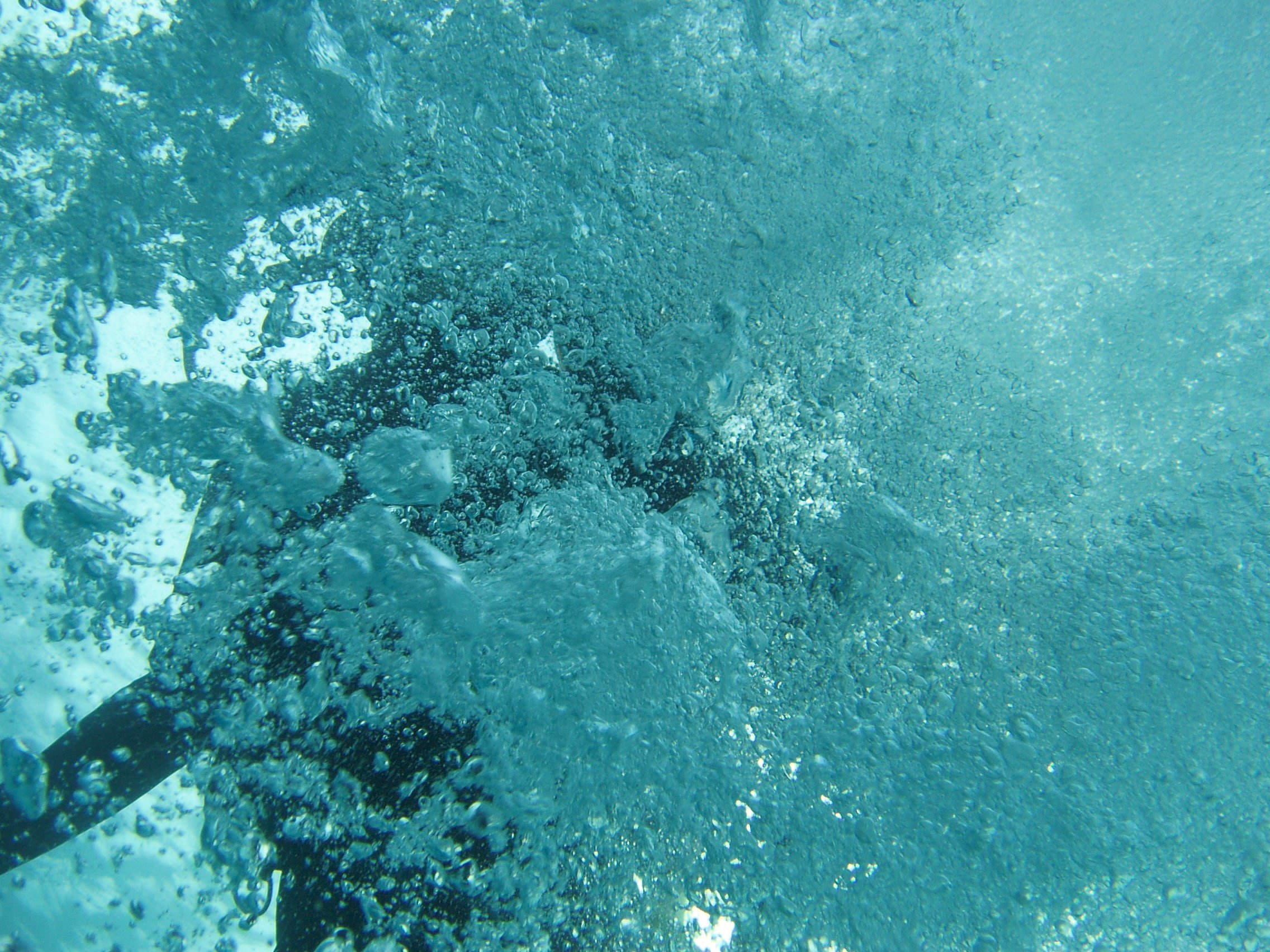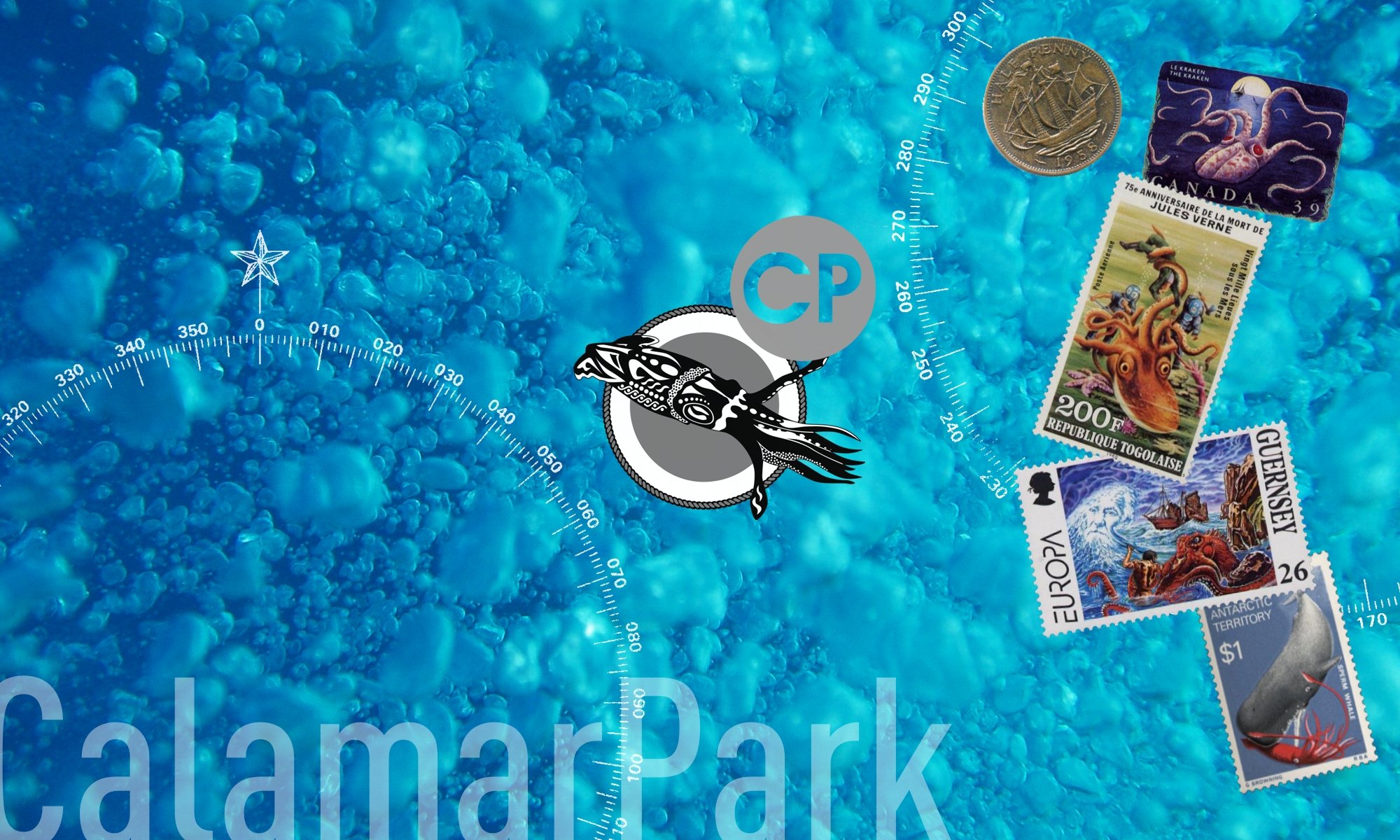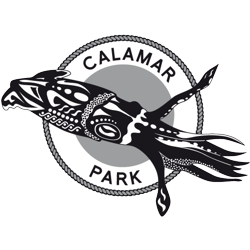 (Update 29.11.2020: added object securing)
(Update 29.11.2020: added object securing)
This section is about the Worst Case Scenario ‘Habitat Flooding’, its prevention and handling.
It covers the following sections:
- Coverage
- Introduction
- Hull Breach
- Habitat Tilt
- Safety Zone
- Preventive Measures
- Emergency Procedure
Our extensive analysis and proposals are part of the design manual.
Image by CalamarPark

